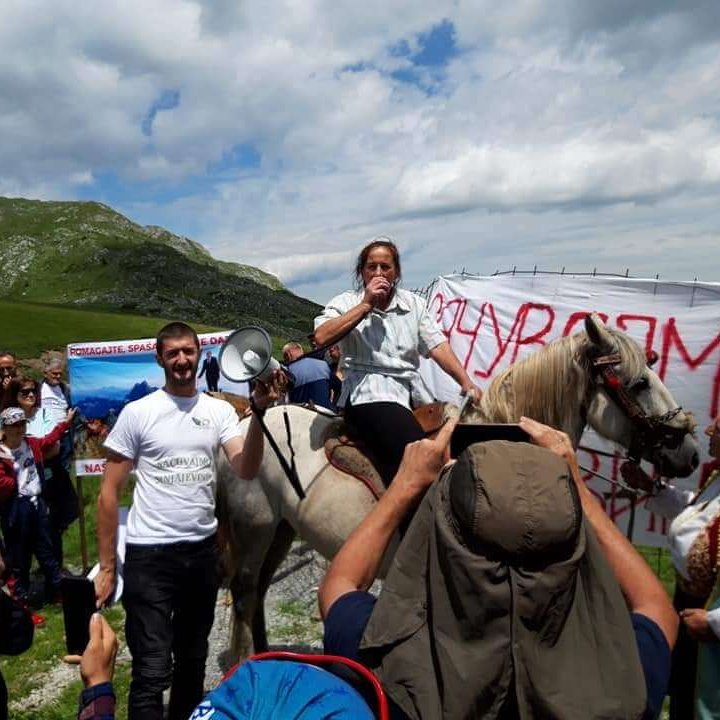Here are some of FAQs - you can find all here.

Here are some of FAQs - you can find all here.
In the settlements located in Sinjajevina, the population has decreased from 8,521 in 1961 to 4,678 in 2011 over the last 50 years. Unofficial estimates suggest that up to 250 families live in Sinjajevina during the summer months.
There are around 1,300 species and subspecies of vascular plants, of which 56 species of vascular flora do not cross the borders of the Balkan Peninsula, 40 species have national protection status, 18 are listed in the CITES convention, while two taxa are listed in the Habitat Directive and one in the Bern Convention.
There are 43 species of bats, 15 of which are protected by law in Montenegro (strictly protected species), 24 species are listed in the appendices to the Bern Convention, 16 species in the appendices to the Habitats Directive, 3 species in the appendices to the CITES Convention, and 14 species of bats are listed in Eurobats.

Of the total number of confirmed and expected bird species (161 species), 141 species are protected by national while 77 species have a specific international protection status - they are listed in the annexes to the EU Birds Directive (BD).
The question concerns 18 cultural assets and monuments with cultural heritage status located within the proposed boundaries of the research area of the Agency for the Protection of Nature and the Environment.
The pasture area covers 120,000 ha, which can support up to 200,000 sheep and 10,000 cattle.
Few information about our NGO Save Sinjajevina" organisation

Feel free to reach out - we would gladly answer to your questions.